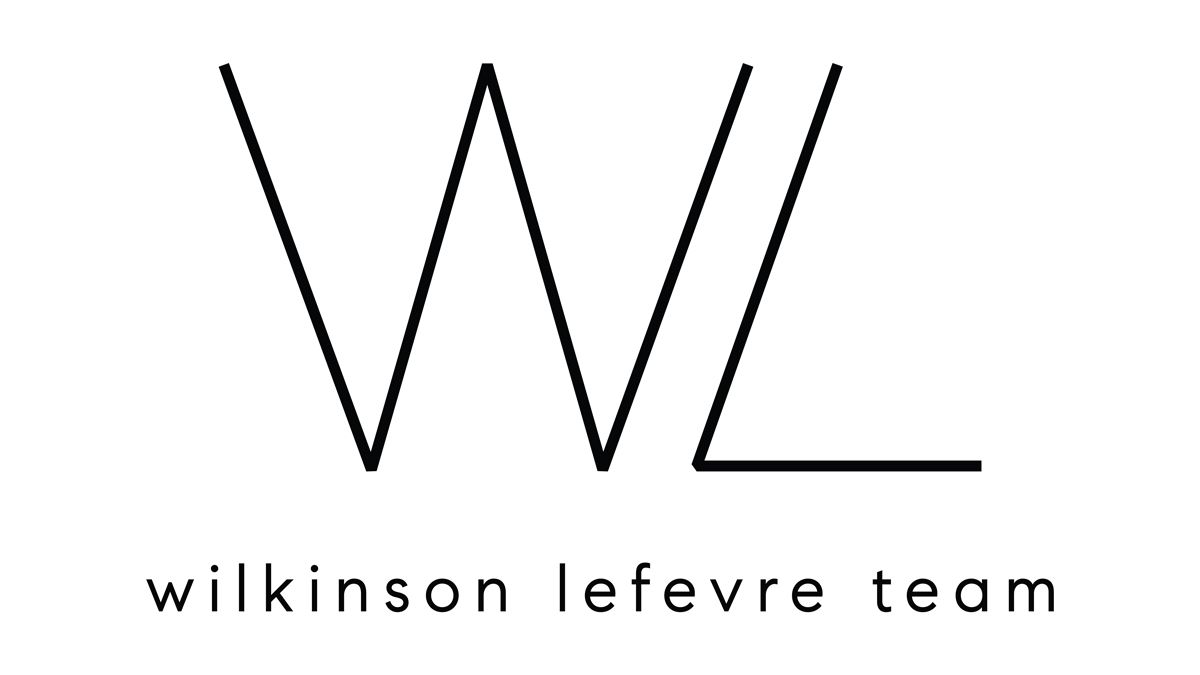In a groundbreaking move starting January 2025, New York City pioneered congestion pricing within its central business district (CBD), setting a precedent for urban traffic management in the United States. This initiative aimed not only to alleviate congestion but also to enhance environmental sustainability and boost revenue for public transit.
As a reminder, the congestion pricing plan charges passenger vehicles $9 to access Manhattan below 60th Street during peak hours. Small trucks and charter buses are charged $14.40 and large trucks and tour buses pay $21.60.
Impact on Traffic and Travel
Using data from Google Maps Traffic Trends, the implementation of congestion pricing led to significant improvements in traffic conditions across the city:
- Increased Speeds: Average traffic speeds in the CBD surged by 15%, particularly during peak hours, enhancing overall travel efficiency.
- Overall, these speed changes reduced realized travel times on trips to and within the CBD by approximately 8%. The increase in speed is greatest in neighborhoods closer to the CBD, with no significant difference between neighborhoods with different income levels.
- Spillover Effects: Roads outside the CBD that were commonly congested also experienced faster travel times, indicating a spillover effect of reduced congestion.
- Emissions Reduction: Concurrently, there was a notable decrease in estimated vehicle CO₂ emissions throughout the metropolitan area.
- Major crime in the subway saw nearly a 23% reduction in January. At the MTA bridges and tunnels, overall collisions are down by 11.6% over the past year, and collisions with injuries are down 25.8%.
- Buses are moving faster, with riders on express routes from Queens, Staten Island, and the Bronx saving an average of up to 10 minutes per trip and seeing more reliable service.
Financial and Operational Outcomes
Financially, the congestion pricing scheme proved lucrative for the Metropolitan Transportation Authority (MTA):
- Revenue Generation: In its inaugural month, the program generated nearly $50 million in revenue, exceeding initial expectations. When considering expenses to run the program, net revenue was $37.5 million
- Revenue Breakdown: Passenger vehicles contributed most of the revenue (69%), followed by taxis and for-hire vehicles (22%), trucks / buses (9%), and motorcycles (1%).
- Funding Public Transit: The revenue is earmarked for crucial upgrades and maintenance of the city’s public transit infrastructure, aiming to enhance service reliability and efficiency.
Public Response and Future Prospects
Despite legal challenges and political debates, early indicators suggest broad support among New Yorkers:
- Public Opinion: Initial polls reflect favorable sentiment, highlighting recognition of the program’s potential long-term benefits despite immediate costs.
- Future: Experts anticipate sustained improvements in traffic flow, air quality, and public transit service if the program continues to operate unimpeded.
Outlook
New York City’s congestion pricing initiative has set a promising precedent for urban traffic management in the United States. By reducing congestion, lowering emissions, and generating substantial revenue for public transit, the program demonstrates potential benefits that extend beyond immediate traffic relief. As legal battles persist, the city remains committed to leveraging congestion pricing to enhance urban sustainability and transportation efficiency.
For more insights or inquiries about how congestion affects NYC real estate, feel free to reach out to us anytime.

